Why Do People Switch from a 401(k) to a Self-Directed IRA?
%20to%20an%20SDIRA/Blog_Image_401k-to-sdira_1200x600.jpeg?width=848&height=477&name=Blog_Image_401k-to-sdira_1200x600.jpeg)
Estimated reading time: 4 minutes
If you have one or more old 401(k)s sitting with former employers, you’re not alone.
The average American changes jobs 12 times over their career, often leaving behind accounts that aren’t actively managed.
Why leave that money sitting idle?
With a self-directed IRA (SDIRA), you can put those funds to better use by investing in real estate, private equity, precious metals, and other alternative assets, giving you more control over your financial future.
In this article, we’ll walk you through the potential advantages, drawbacks, and how to make the switch.
_______________
KEY TAKEAWAYS
Why switch to an SDIRA? Broader investment choices, the ability to leverage your own expertise, and the potential for higher returns.
What are the trade-offs? Greater responsibility for due diligence, strict IRS rules you must follow, and alternative assets are generally less liquid than traditional investments.
You can typically only roll over 401(k) accounts from former employers.
If you want to move funds from a current employer’s 401(k), check if your plan allows in-service withdrawals.
_______________
Potential Benefits of Moving Funds from a 401(k) into an SDIRA
Switching from a 401(k) to an SDIRA can offer major advantages. Here’s what to consider:
1. More Investment Choices
One of the biggest reasons people switch from a 401(k) to an SDIRA is the expanded investment options.
Most employer-sponsored 401(k) plans only allow participants to invest in mutual funds, ETFs, and occasionally company stock. While these investments can provide growth, they limit investors to the performance of the public markets.
An SDIRA allows you to break free from these restrictions and invest in a wider range of asset classes. You can direct your retirement funds into alternative investments, including:
- Real Estate: Purchase rental properties, commercial real estate, or even raw land.
- Private Equity: Invest in privately held companies and early-stage startups.
- Precious Metals: Hold physical gold, silver, platinum, and palladium within your IRA.
- Private Lending: Act as a lender by funding promissory notes, mortgage notes, or peer-to-peer loans.
- Startups & Venture Capital: Fund innovative companies before they go public.
2. Leverage Expertise
An SDIRA puts you in control, allowing you to invest based on your knowledge and interests.
Do you know a real estate market like the back of your hand? You can use that knowledge to find undervalued rental properties or commercial real estate.
Do you spend hours every week analyzing balance sheets at your day job? Apply your skills to identify promising private companies or startups with higher return potential.
Or maybe you prefer a conservative approach? Conduct due diligence on borrowers and invest through promissory or mortgage notes to earn steady, low-risk income.
3. Potential for Higher Returns
Standard retirement accounts typically limit you to publicly traded stocks and bonds.
An SDIRA opens the door to private markets, where returns can often be more substantial.
Alternative assets—like private real estate and private equity—have historically outperformed traditional investments over time.
By diversifying into private markets, an SDIRA gives you the opportunity to seek higher returns beyond what’s available through conventional investments.
4. Retaining Tax Advantages
One of the biggest concerns when switching from a 401(k) to an SDIRA is whether you’ll lose the tax advantages of your retirement savings.
The good news? You won’t.
Both 401(k)s and SDIRAs offer the same fundamental tax benefits:
- Traditional 401(k) → Traditional SDIRA = Tax-deferred growth, meaning you won’t pay taxes on investment earnings until you start taking distributions in retirement.
- Roth 401(k) → Roth SDIRA = Tax-free growth, meaning your investments grow tax-free, and qualified withdrawals in retirement are also tax-free.
Additionally, when you conduct a direct rollover from an old 401(k) into an SDIRA, there are no immediate tax consequences.
For those looking to reduce their future tax burden, an SDIRA also allows for Roth conversions. If you roll over a traditional 401(k) into a traditional SDIRA, you have the option to convert those funds into a Roth SDIRA. While you’ll owe taxes on the converted amount upfront, your funds will grow tax-free, and withdrawals in retirement will be completely tax-free, potentially saving you thousands in future taxes.
Things to Consider Before Switching to an SDIRA
Before rolling over your 401(k) into an SDIRA, consider the following potential drawbacks:
1. More Responsibility & Due Diligence
The investments in an SDIRA often require active management. You are responsible for:
- Researching and selecting investments
- Ensuring compliance with IRS regulations
- Managing ongoing maintenance, expenses, and paperwork
If you don’t have experience with alternative assets or prefer a hands-off approach to retirement investing, an SDIRA may require more effort than you’re comfortable with.
2. Prohibited Transactions & IRS Compliance
The IRS has strict guidelines on what you can and cannot do with an SDIRA. Violating these rules can result in heavy penalties, including the immediate disqualification of your IRA.
Common prohibited transactions include:
- Using SDIRA funds to buy a home you live in
- Renting an IRA-owned property to yourself or family members
- Using SDIRA funds to invest in a business you own or control
- Personally managing IRA assets in a way that provides you direct benefit
To avoid costly mistakes, it’s crucial to educate yourself on IRS rules and work with an experienced SDIRA provider, like The Entrust Group.
3. Liquidity Concerns
Alternative assets like real estate, private equity, and private lending offer high return potential, but they are also less liquid than traditional investments like stocks or mutual funds.
If you anticipate needing quick access to your retirement funds, you may want to maintain a balance of liquid investments within your SDIRA or keep a portion of your funds as undirected cash in your SDIRA.
How to Rollover a 401(k) to a Self-Directed IRA
In most cases, you can only roll over 401(k) accounts from former employers into an SDIRA. Once you leave a company, you’re free to move those retirement funds without penalty through a direct rollover.
If you’re still working for your current employer and want to move your 401(k) funds, it’s a little more complicated. You’ll need to check if your plan allows what’s called an in-service withdrawal, a special provision that lets you move some or all of your retirement funds while you’re still employed.
To learn how to move funds from your 401(k) to an SDIRA and start investing in alternative assets, refer to our full blog post on the topic, How to Rollover a 401(k) to a Self-Directed IRA.
Consider Moving Your 401(k) to an SDIRA in 2025
An SDIRA offers unparalleled investment freedom and tax benefits, but it isn’t the right fit for everyone.
Before making the switch, talk to a trusted advisor or SDIRA expert to ensure that a self-directed approach aligns with your investment strategy and retirement goals.
If you’d like to learn more about SDIRAs, download our free SDIRA Basics Guide. Inside, you’ll find:
- A breakdown of what you can and cannot invest in with an SDIRA
- Key IRS rules and guidelines to keep your investments compliant
- A simple, three-step process to get started
Note: The content provided here is for informational purposes only and should not be considered financial, tax, or investment advice. Always consult with a trusted tax or financial advisor to determine what is best for your unique situation.





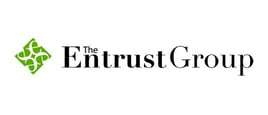
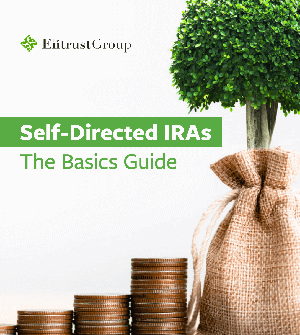






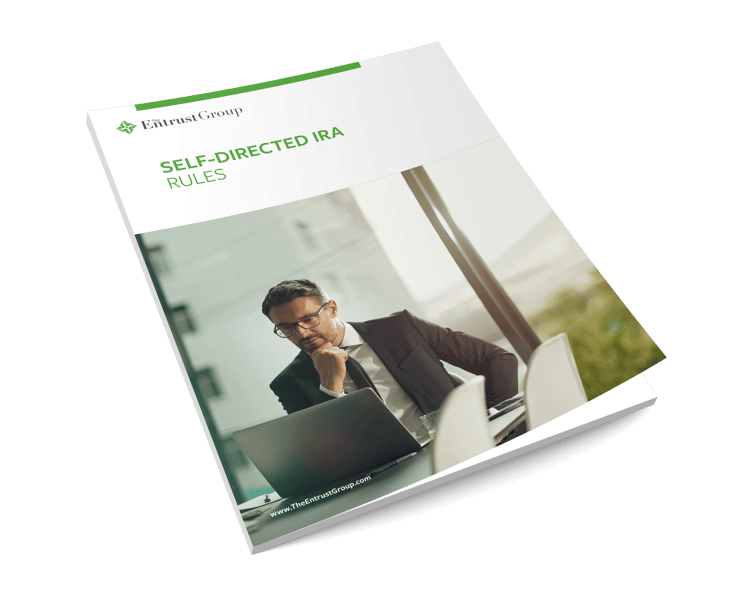
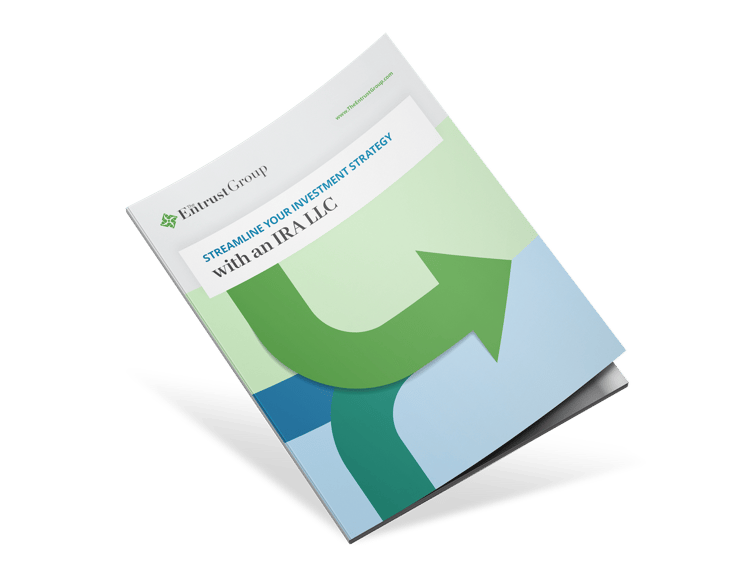

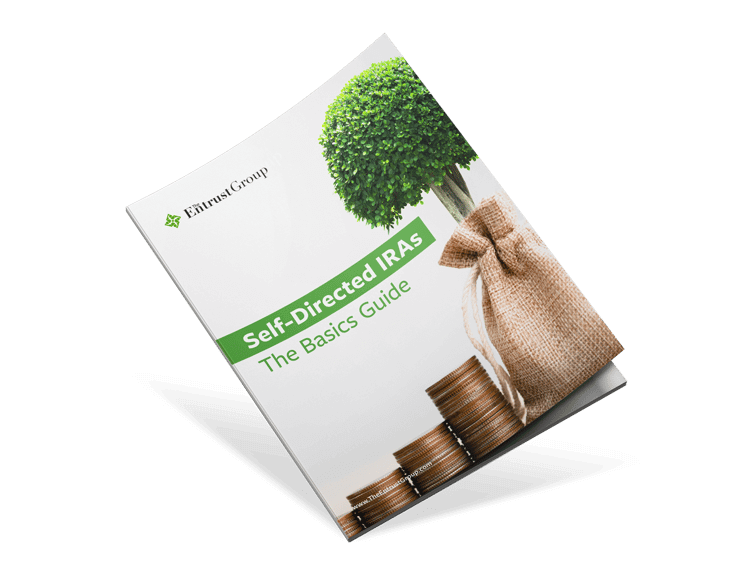


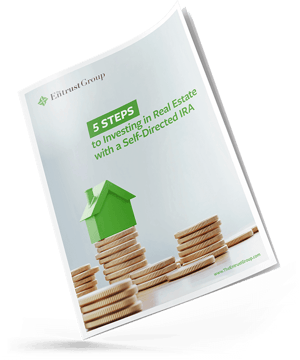


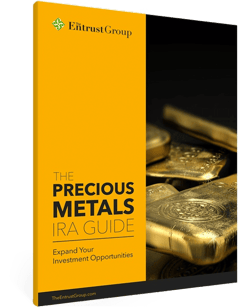

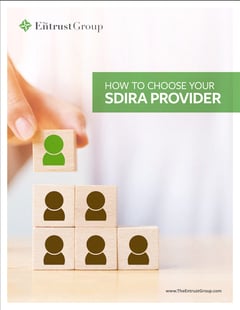
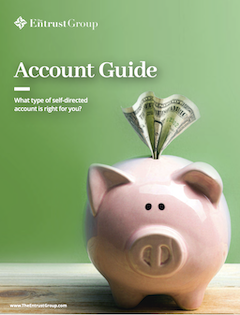
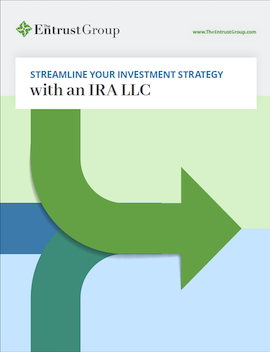

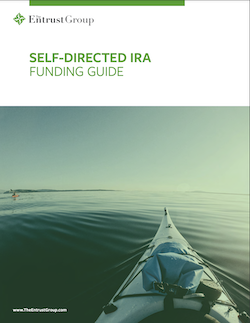
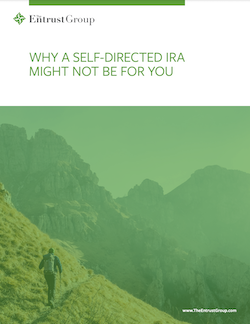
0 Comment